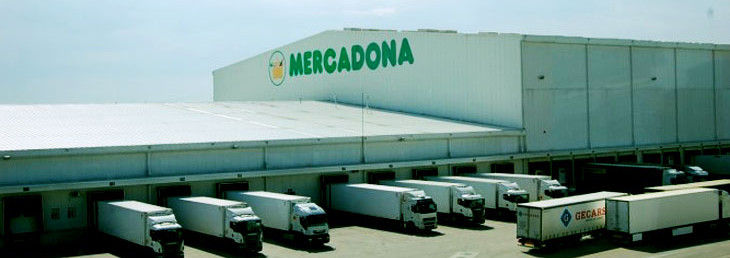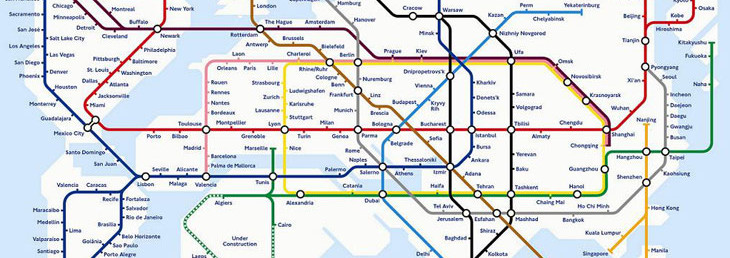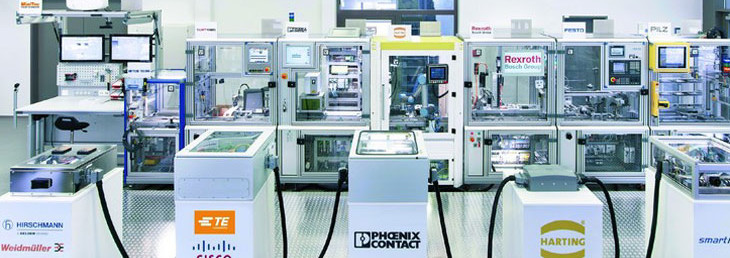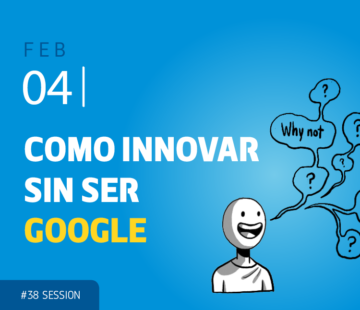Population ageing will create new markets waiting for collaboration to thrive
Demographics showing a rapid aging population is one of the most significant present and near future challenges. It’s now clear for many people that we need to fundamentally rethink how we meet the needs and aspirations of our ageing population. A greater collaboration between all players involved should be a key element on this reconsideration.

Mercadona is turning its relationship with suppliers into a model
Mercadona’s special relationship with suppliers is a key element of its operating model and the success of the supermarket business strategy. The company changed the traditional customer-provider relationship many years ago, moving from being a tough negotiator to an association and collaboration model based on trust, mutual cooperation and stability.

Workplace should transit from a “me” to a “we” work environment
When companies rethink their work spaces, mobility and flexibility stand out as main forces molded by the emergent digital environment and businesses new needs. Arguably, collaboration comes next in the ranking of key elements shaping the workplace of the future.

More collaborative cities raise while less collaborative nations stall
Cities role as problem solvers is rising while other government bodies as nation states are increasingly being considered obsolete or dysfunctional. Any elucidation about the reasons why should include as a key element cities presenting a greater goodwill, more appropriate configuration and better mindset for collaboration than national governments.

SmartFackoryKL: Next Industrial Revolution will be collaborative or (maybe) won’t be at all
Name a new idea, an innovative concept, a promising new set of technologies or a disruptive movement or trend that is meant to significantly change the present in a more or less near future, and you’ll find collaboration is a core element to its development. SmartFackoryKL project demonstrates such is the case too for Industry 4.0.

